What is the Production Process for Plastic Sheet Protective Film
2025-08-12
Protective Film Production Process
Raw Material Proportioning and Mixing
In the initial production phase, raw materials must be blended according to product performance requirements. The base resin is mixed with various additives, such as plasticizers, antioxidants, and stabilizers, in appropriate proportions to enhance the protective film's flexibility, aging resistance, and other properties.
The mixing process is performed in specialized equipment to ensure the raw materials are fully integrated and form a homogeneous mixture, laying the foundation for subsequent molding. Raw material purity must be strictly controlled during this step to prevent impurities from affecting the quality of the final product.
Substrate Extrusion
The mixed raw materials are fed into the extruder, heated and melted, and then extruded through a die to form a film-like substrate. During the extrusion process, precise temperature and pressure control are required to ensure uniform flow of the molten raw materials and form a film of consistent thickness.
A cooling system rapidly cools the formed film to maintain a stable physical form. The thickness and density of the substrate are determined during this step and directly impact the basic properties of the protective film.
Surface Treatment
After molding, the substrate requires surface treatment to enhance the adhesion of the subsequent adhesive layer. Common treatments include corona treatment, which uses high-voltage discharge to alter the substrate's surface tension and increase surface activity.
Some products also undergo dust removal and cleaning to remove residual impurities and oil from the surface, ensuring uniform adhesion of the adhesive layer and preventing debonding.
Adhesive Coating and Lamination
The adhesive layer is evenly applied to the treated substrate surface. The coating method is selected based on the adhesive type to ensure consistent adhesive thickness. After coating, the adhesive layer enters a drying machine to remove solvent from the adhesive layer and solidify it.
Some composite protective films also require a lamination process to combine different functional films to create a product structure with multiple properties.
Slitting and Packaging
The formed protective film roll is slit according to required specifications. The cutting process ensures clean edges to avoid burrs or curling. The slit products undergo quality inspection to remove any defective products.
Qualified products are packaged in sealed packaging to protect the adhesive layer from contamination and are labeled with product information to complete the final production process.
You Might Also Like
-
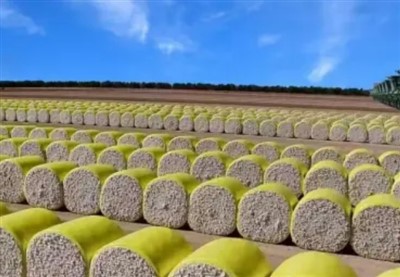
what are the advantages of cotton packaging film
-
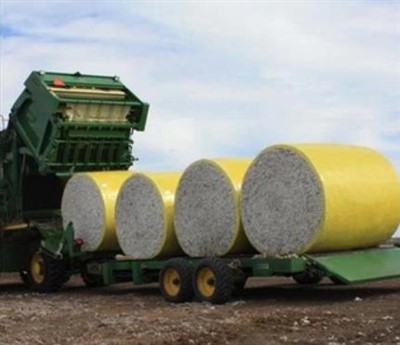
The Advantages of Cotton Wrap Film
-
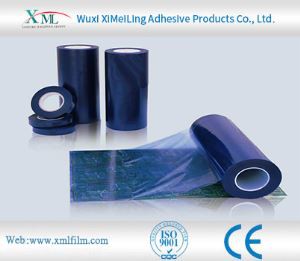
How does pe protective film cope with high temperature environment
-
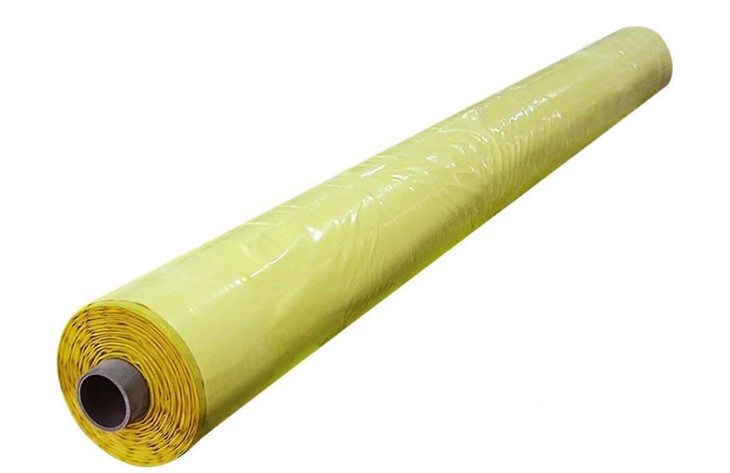
Advantages of Cotton Bale Wrap Film
-
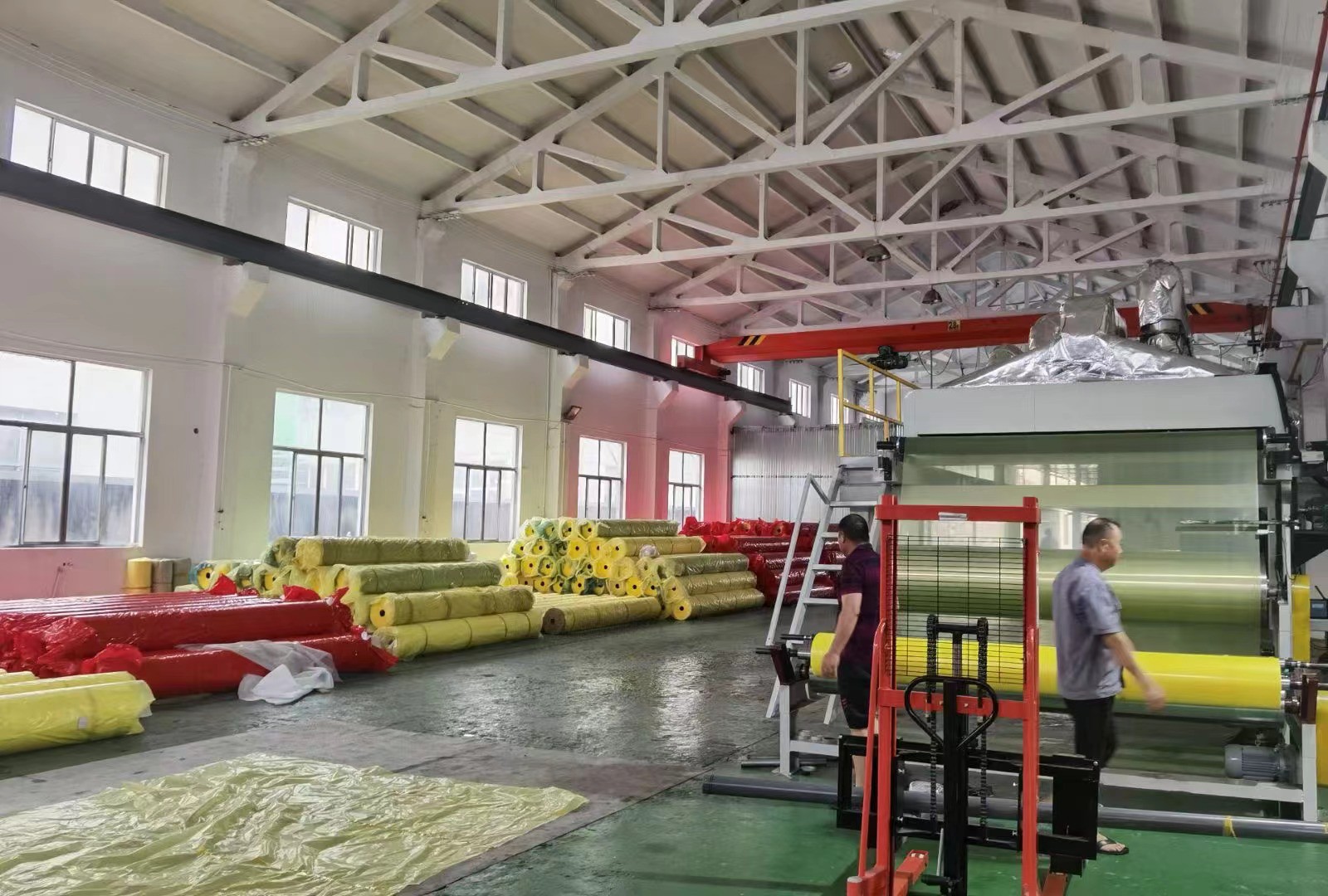
Storage method of cotton bale wrap film
-
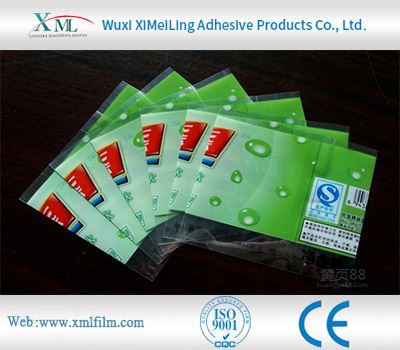
How Polyethylene Packaging Material Copes with High Temperature Environment
